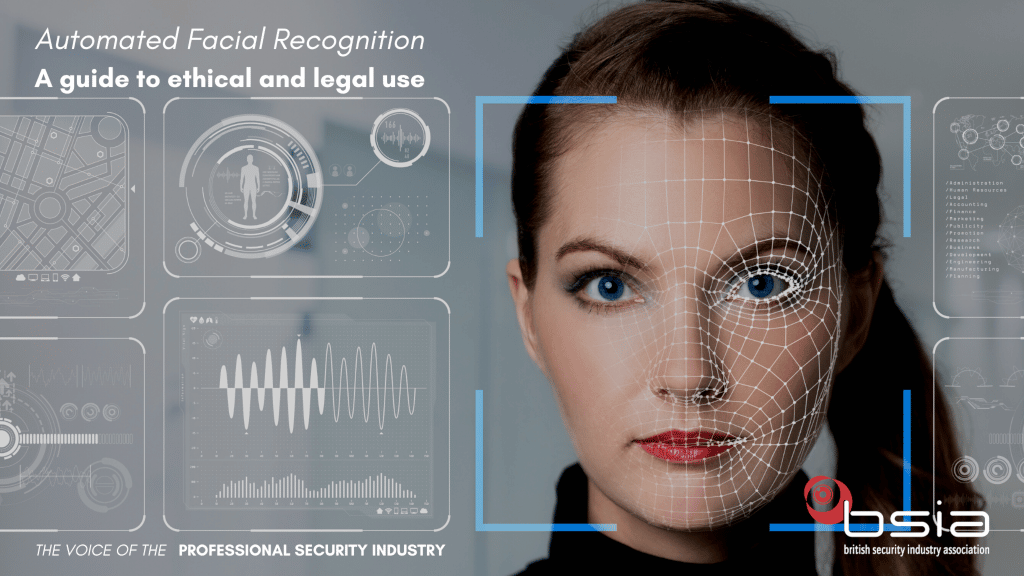The British Security Industry Association’s (BSIA) video surveillance section has published an ethical and legal use guide for automated facial recognition (AFR). AFR has been designed to improve the safety of people and speed up operational processes. However, the ethics of using this kind of technology needs to be regularly examined and reviewed. Following guidance on responsible use of Artificial Intelligence (AI) by the Organisation for Economic Co-operation and Development (OECD), BSIA created the guide to explain terms, abbreviations and ethical and legal uses of AFR.
“This collaborative piece of work among industry experts has produced a guide with advice and recommendations on ethical and legal AFR usage, which will appeal to anyone in or out of the physical security industry,” said Dave Wilkinson, Director of Technical Services at the BSIA who is leading the BSIA’s AFR working group. “Its aim is to ensure it does not cause harm or discriminate against any persons in either a public or private setting.
“The use of AI is an exponentially growing part of daily life and we must ensure that all stakeholders are aware of the ethical and legal considerations of using these solutions,” he continued. “If not, this beneficial technology could be misused, leading to loss of trust and increased scepticism of the technology. We want to make sure the general public know that this ethical and legal guidance is out there for companies to follow. Compliance with the law is paramount using this technology, and this guide will provide companies with the basis to demonstrate their commitment to complying with the ethical realities, consequences and impacts of using an AI/AFR solution.”
The guide is suitable for both the general public and industry professionals. It presents detailed explanations of how AFR works and reminds readers to consider the responsibilities behind using facial recognition in their security systems. Automated Facial Recognition: A Guide to ethical and legal use is now available on the BSIA website and the working group is looking to further develop this guidance into a Code of Practice or British Standard.





